
Savoia-Marchetti SM.55 (1924)
Regia Aeronautica (1924-33), 250+ built
The interwar record-setter
The Savoia-Marchetti SM.55 was an Italian twin-hulled, twin-engine (tandem) interwar flying boat. It set many records in 1926 and the following years, and was soon known for its long distance flights, including many Atlantic crossings. Symbolic of the Regia Aeronautica as a squadron commanded by Italo Balbo toured the world and concluded it in 1933 at the Chicago Universal Exposition. But it’s potential as a military seaplane was not lost to the military, starting service as patrol seaplane (SM.55) and long range bomber. The SM.55 was declined in eight versions, produced to more than 250 models, and also in service until ww2 with the Brazilian Navy, Spanish Air Force and Royal Romanian Naval Aviation. #WW2 #regiaaeronautica #regiamarina #interwar #seaplane
About Savoia-Marchetti (SIAI)
The SM.55 broke numerous records for speed, altitude, range and payload and its ocean crossings made it world famous, as symbols of the Italian air force’s technological progress after WWI. It also put Savoia-marchettu on the map as an aircraft manufacturer. The company started as two separate entities: SIAI was founded on 12 August 1915 as the Società Idrovolanti Alta Italia in Milan, by entrepreneurs Domenico Lorenzo Santoni (founder of the Società Anonima Costruzioni Aeronautiche Savoia in 1913) and Luigi Capè. The company produced models from the French seaplane manufacturer FBA (Franco-British Aviation) under license. Technical director was engineer Raffaele Conflenti, creating the first proper seaplanes of the company derived from French models. Swiss test pilot Émile Taddéoli was hired and piloted all these prototypes.
In 1915, SIAI acquired the Società Anonima Costruzioni Aeronautiche Savoia to create the acronym and the compan was also known as “SIAI-Savoia” and “Savoia”, initial S.
In 1921, Raffaele Conflenti wwas hired by the French Chantiers Aéro-Maritimes de la Seine (CAMS) which started licencing the SIAI S.9 and S.13. Meanwhile the compmany’s success with the S.16 consolidated its good results on export.
In 1922, engineer Alessandro Marchetti became chief designer, and this had a direct impact on the creation of the very successful Savoia-Marchetti S.55 and later the excellent S.M.79 Sparviero, perhaps the best Italian bomber of WW2. Marchetti worked at Vickers-Terni and developed a prototype biplane fighter (Marchetti MVT) which was later produced by SIAI as the S.50, first land aircraft. S.M. was introduced later as acronym for the models built, in 1937 as the designer name was associated with the manufacturer. The interwar represented an apex for the company’s activity made famous by it’s S.55 exploits world wide, and soon the USA saw its first foreign branch created, the American Aeronautical Association. SIAI models were also used by USSR, Romania, Brazil, Belgium, Spain, Sweden, Turkey and France.
In the late 1930s and WW2 it’s the S.M.79 Sparviero (1934) that really maintained full production as well as other other trimotors of the company. Demand was such than soon other manufacturers joined production like the Officine Meccaniche Reggiane (Caproni) and Aeronautica Umbra S.A. (Macchi). In 1944 the company was returned to SIAI, now for “Società Italiana Aeroplani Idrovolanti”, a denomination kept until the 1980s. Post-war years were not tender for the company and in 1946, it turned to land transport, light motorcycles and motorbikes, some with a rotary disc powered engine. Batnkrupcy was fill in 1951. The company was later revived and returnd to aeronautical productions with the SF-260 light trainer and successful twin-engine S.M.102.
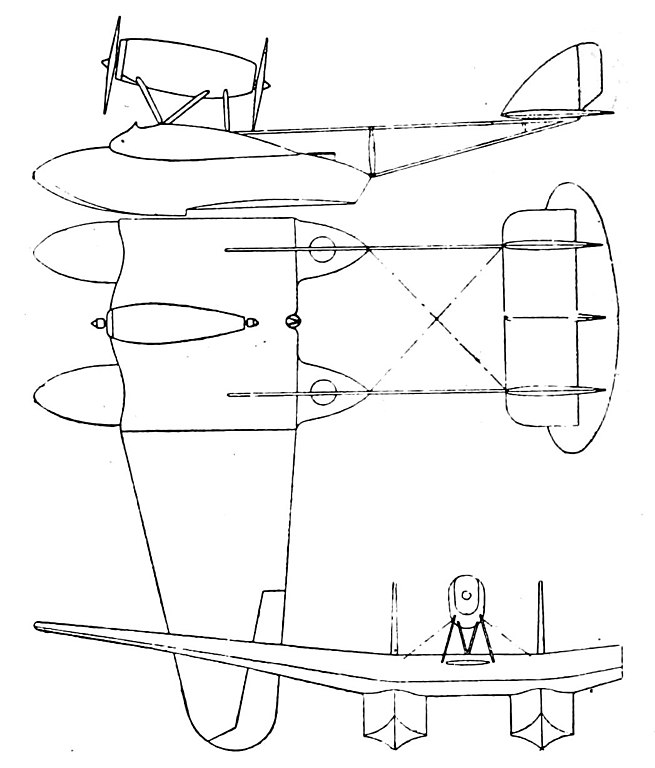
The Prototype S.55, 3-view Aero Digest, May 1927
Previous Savoia-Marchetti seaplanes
Under the SIAI label, the company delivered the S.8 (Single-engine biplane reconnaissance seaplane) in 1917, S.9 (same) in 1918, S.12 (same and also 1918), the S.13 fighter/reconnaissance seaplane. (1919) Also developed as a racer for the Schneider cup, the S.16 (civilian transport) of 1919, S.17, S.19, S.21, S.22 Racing seaplane (1920-22), and S.23, a Training variant of the S.16.
Under the Savoia-Marchetti Label, the company built the following:
-S.50 Single-engine biplane fighter (from the 1917 MVT), 1922
-S.51 Single-engine sesquiplane seaplane (competition) 1922
-S.52 Single-engine biplane fighter (also 1924 hydroracer)
-S.53 Biplane civilian seaplane (from S.16) 1922
-S.55 Twin-engined torpedo/reconnaissance/transport seaplane -This article
-S.56 Single-engine biplane touring seaplane 1923
-S.57 Single-engine reconnaissance seaplane 1923
-S.58 Single-engine biplane seaplane fighter 1924
-S.59 Single-engine biplane reconnaissance/bombardment seaplane (derived S.16) 1925
-S.62 Single-engine biplane seaplane reconnaissance/bombardment/transport (variant S.59) 1926
S.63 Prototype twin-engine flying boat, single hull (variant S.55) 1927
S.64 Record-breaking single-engine monoplane 1928
S.65 Twin-engined monoplane hydro-racer 1929
S.66 Three-engined transport seaplane (same as S.55) 1931
S.67 Single-engine fighter flying boat 1930
S.M.77 Three-engine seaplane, evolution of the S.66 and S.55 1932
S.78 Single-engine biplane flying boat 1933
S.79/80/80bis amphibian touring flying boats
S.M.87 Seaplane version of the S.M.75 1939
Savoia Marchetti also produced soon a mass of land-models such as the S.72 Tri-engined bomber, S.M.79 Sparviero, S.M.81 Pipistrello Tri-engined bomber/transport, S.M.82 Three-engine bomber/transport, S.M.84 Trimotor bomber/torpedo bomber (1940) S.M.85 Twin-engine dive bomber (1936) S.M.86 (S.M.85 dive bomber variant), S.M.88 Three-seat light bomber and S.M.91 heavy fighter, S.M.89 Twin-engine assault aircraft, S.M.93 Single-engine dive bomber (1944) and S.M.95 Four-engined transport (1943) not counting civilian models.
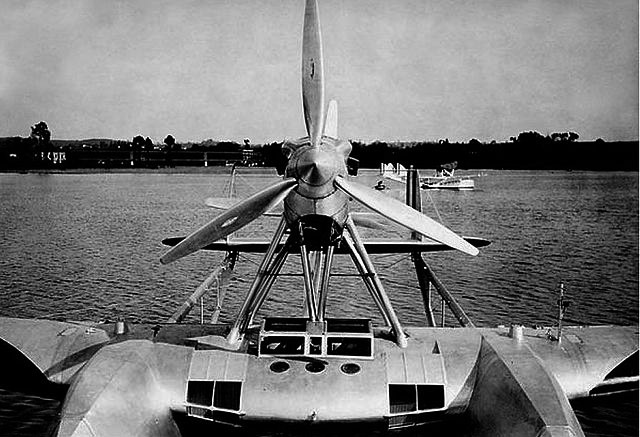
Design Development of the SM.55
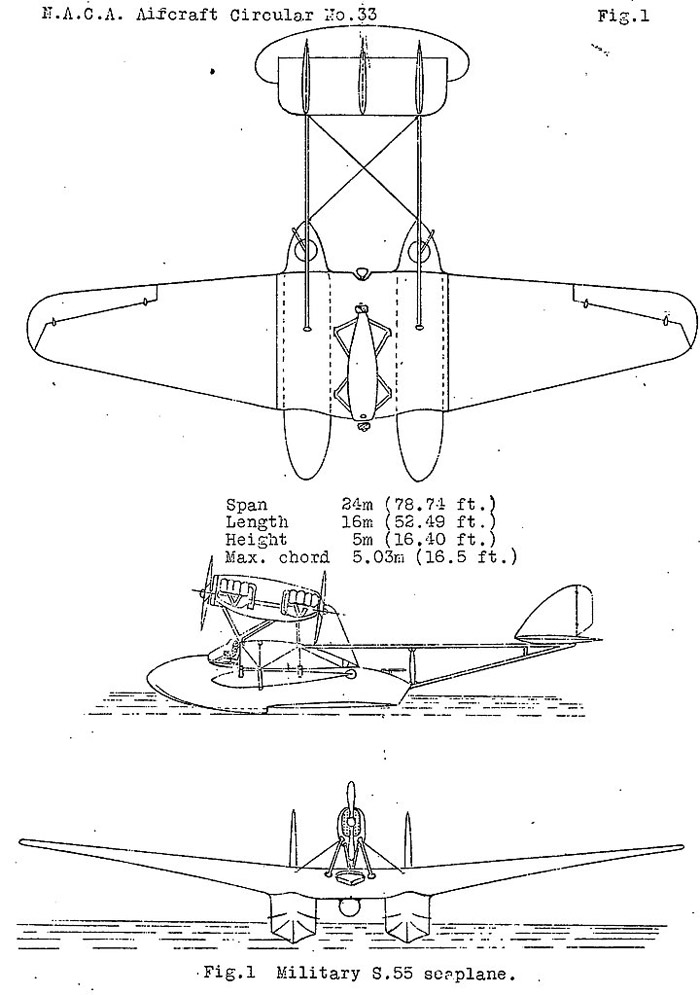
Savoia S.55 military 3-view NACA Aircraft Circular No.33
The company did not started from a Regia Marina or Regio Esercito requirement for a modern long range floatplane, but rather an internal request from the Società Idrovolanti Alto Italia. The head of the company saw the advantages of this new formular which precluded such requirements by designing an advanced monoplane in the early 1920s. There was still a planification of the Aviation Industry at the time and every projects were to be approved for production by the Aviation commissariat. There was also a set of requirement for such model in 1923. This was a bold move from SIAI after after a long line of single engine biplane (single hull) still in a way derived from the WWI FBA models. The S.55 would become the very first heavy flying boat of the company.
The S.55 was designed by Engineers Alessandro Marchetti and Pier Luigi Torre which had the idea of used two opposing propellers in a push-pull configuration, held well above the upper wing to avoid the issue of daùaging water seaspray. The axia location atop the wings also had another advantage, avoiding gyroscopic and yaw issues due to possible thrust asymmetries, or engine failures as compared to a standard twin-engine arrangement. They were housed in a carrying frame and partially wrapped, supported by a set of robust “N” struts. Two wire-braced booms connected the triple-finned tail structure (whic was also singular but seen on Caproni designs) to the twin hulls and wing.
The two hulls solution was also quite remarkable as nothing has been seen at the time. They exploited a cellular structure allowing theses to float even in critical conditions, if one or the two were pierced in several places for example and in very choppy waters. This also gave extra stability, better supported the weight when landing at sea, and offered extra room. Useful payload could also be strapped in between. Soon the choice of placing the cockpit in between them seemed obvious. It was housing the pilot and co-pilot side by side, installed in the thicker section of the wing with an uncluttered and excellent view forward. The only source of worry was the forward propeller so close to their heads.
This aircraft as presented in 1923 was so unusual it was initially rejected by the selection commission of the Aviation commissariat. They simply considered the design was too daring and risky, despite answering specific requests for such model. The first prototype flew indeed in August 1923 with success. This helped to detect some issues that were corrected on the second protoype, flying and improved in 1924. But a more conventional design was preferred in 1924. The next year in 1925 it was (after many demonstrations) re-examined and finally adopted. Production really started for serial models and service acceptance in 1927.
For all its “exoticism” the S.55 was well thought out by its designers and perfectly matching its tasks. The company was asked for a “high seas torpedo bomber seaplane” and the solutions used emphasised seaworthiness even in foul weather. This was mostly the result of the catamaran scheme as Marchetti himself qualified his model as “oceanic”. Initially to gain weight, the two float/hulls were made entirely of wood, ash, spruce and Oregon pine, sheathed with plywood for simplicity and low cost (as the wings). Below the waterline, the sheathing was doubled and between the layers of plywood were a layer of fabric impregnated with a waterproof composition. These two hulls were separated from each other by 4.5 m.
In a biplane age, Marchetti boldly went for a cantilever monoplane, with the wing was divided into three parts, the center section and two detachable consoles with three wooden spars, wooden ribs and plywood sheathing. The ribs walls divided the hulls into 18 watertight compartments, increasing buoyancy. The wing carried the ailerons and a flat truss extended back from each boat to carry the triple tail. The hulls had each a keel but no rudder. The bracing system in “X” increasing structure rigidity and created a solid “frame” combined with the reliable twin-fuselage layout.


SS.55 AT Cockpit

S.55X cockpit
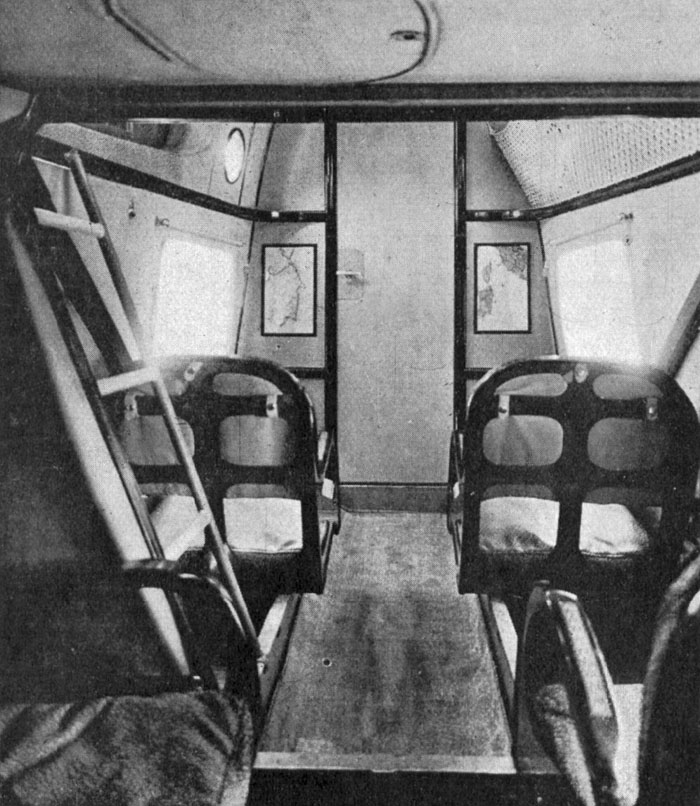
S.55 Cabin (L’aéronautique Nov. 1929)
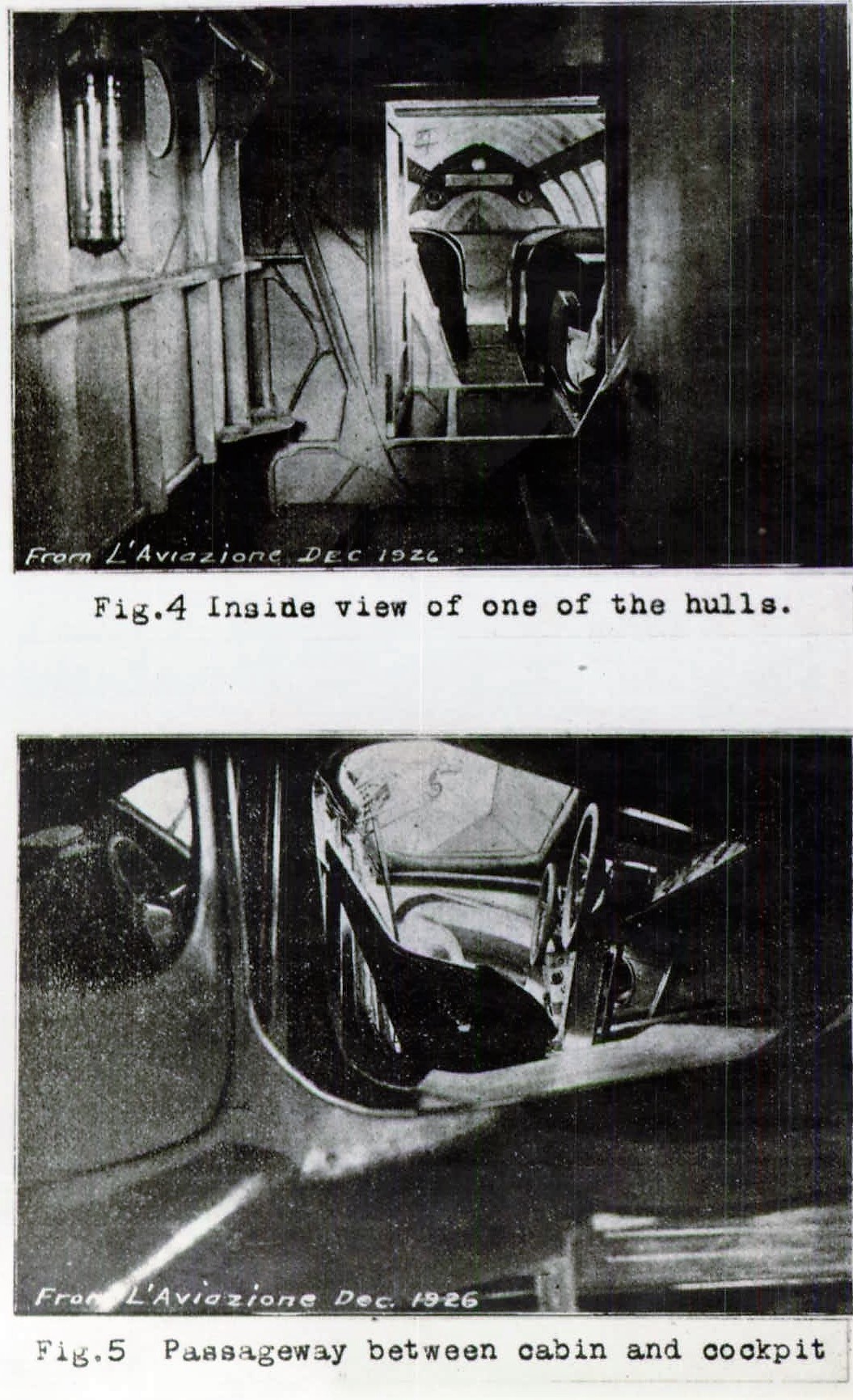
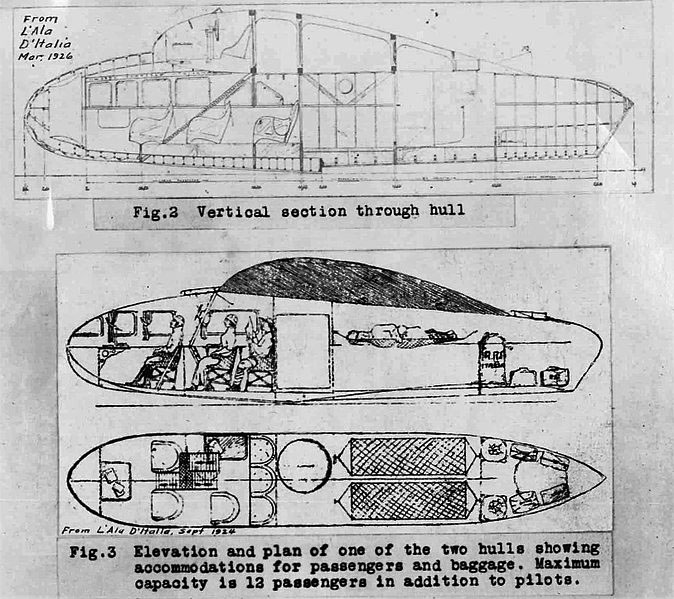
The first prototype S.55 made at Sesto Calenda had FIAT A.12bis engines, only rated for 300 hp. They stood openly on a frame at the top of the truss pylon, not covered for better ventilation. Both had still water cooling radiators mounted in front. At the start, two 7.69 mm machine guns were envisaged for defense, and the space between hulls could be used for Bombs, torpedo or sea mines, but to reach this, engine power needed to be radically increased:
Engines & Performances
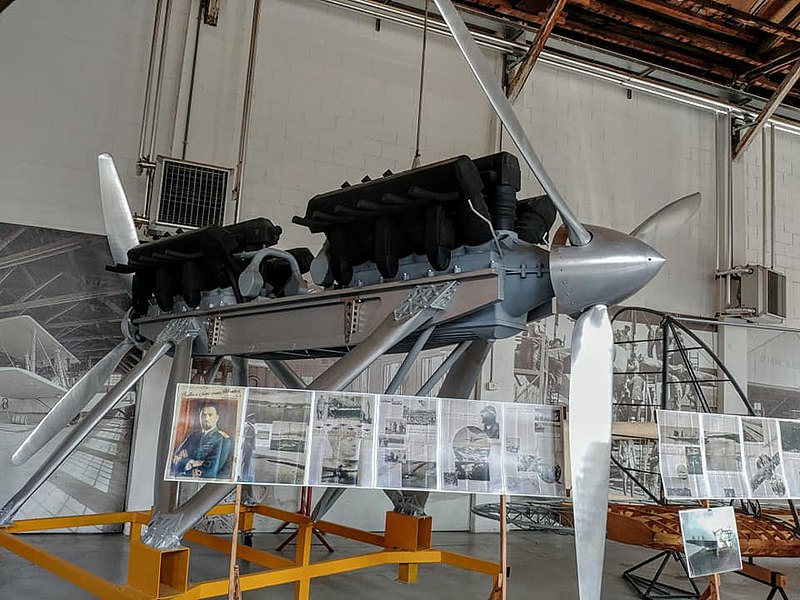
The Isotta Fraschini Asso 750 exposed in Italy
The S.55 had two inline engines, liquid-cooled, with contra-rotating propellers fue to their tandem mounting, one in a pusher and the other in a puller configuration. These engines were canted sharply at an upward angle, for several reasons of traction, upward lift and avoiding seaspray. These were Isotta Fraschini Asso 750 of the first serie S.55 (1927-30), which developed 880 hp (647 kW) at sea level. There were variants with different engines. The Brazilian planes were given Fiat A.22R engines, and the commercial S.55C had two 400 HP Lorraine-Dietrich 12 Db engines. The final S.55X had Isotta Fraschini Asso 750 930 HP engines.
Armament:
The first models were unarmed, but soon were adopted two pintle-mounted machine gun positions on the nose of the two floats on the SM.55M (Marina). They were single-mount, and later twin mount, with Lewis light machine guns. As the first 90 models of the Regia Aeronautica were intended for reconnaissance, no armament was planned. The lifting power would have been not enough in any case for such payload.
The 16 Brazilian military models built afterwards seems to have a similar configuration.
The S.55A and S.55SA had the same engines, and therefore same defensive armament.
The S.55X however had much more powerful engines and it enabled the transport of bombs or any other offensive payload.
It was seen also as ideal to carry an aerial torpedo.
Thus, this was the first model fitted with attaching points underbelly, enabling to mount 1,000 kgs of bombs (ideally four 250 kgs) or a single 800 kg bomb, two of 500 kg each.
And of course a single Siluranti 45 cm (17.7″) F200/450×5.46 powered by Wet-heater, likely with the 175 kgs warhead. It weighted 1,995 lbs. (905 kg) for 17 ft. 11 in. (5.460 m) in lenght and a Range/Speed of 3,300 yards (3,000 m)/40 knots in the late 1930. It was envisioned to use airborne naval mines, but no info is available about these tests.
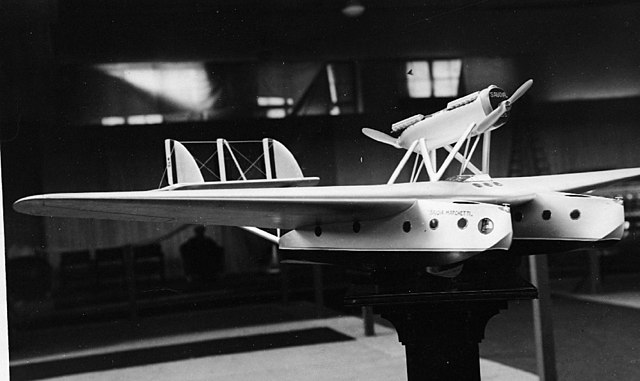
Detailed specs
Specs |
|
| Crew: | 2 crew + 10+ passengers |
| Fuselage Lenght | 16,50 m |
| Wingspan | 24 m (superficy 93 m²) |
| Height | 5 m |
| Empty weight: | 5,750 kg |
| Gross weight: | 10,000 kg |
| Powerplant: | 2x Isotta Fraschini Asso 750 880 CV (647 kW) |
| Propellers: | 2-bladed (later 3-bladed fixed-pitch propellers) |
| Maximum speed: | 282 kph |
| Endurance: | 4,500 km |
| Service ceiling: | 5,000 m |
| Armament | 2×2 Lewis 7.7mm LMG, 1,000 kgs bombs/torpedo |

Detailed hull plans – Icare via Pinterest.
Variants
S.55: 1927-1930, 2 prototypes + 90 built.
S.55A: Version developed for the fiest mass Italy-Brazil transatlantic crossing in 1930-1931. Had Fiat A.22R engines, 16 built.
S.55C: first registered civilian version (1926). Used by for Aero Espresso Italiana.
These were fitted with 8-10 seats located between the two hulls rounded bow, and fitted with 400 HP Lorraine-Dietrich 12 Db engines. Following the prototype I-ABOR on the Brindisi-Constantinople line, 6 more joined the fray, and extras for the the Mediterranean Air Society.
S.55M: First for the military aviation (Aviazione Ausiliaria per la Regia Marina), reconnaissance bomber with pintle-mounted defensive MGs and metal structure. Built by Piaggio in 1930.
S.55P: Improved civilian version (enlarged hull, 10 passengers). 23 built 1928-1932.
S.55A (Allargatissimo): Enlarged hull, 16 built by Savoia-Marchetti + 16 by CANT (32).
S.55SA (Scafo Allargatissimo): Very enlarged hull, 20 by Savoia-Marchetti, 16 by Macchi, 6 by CANT (42).
S.55X: Decennial Air Cruise models, second mass transatlantic cruise of 1933.
Powered by Isotta Fraschini Asso 750 930 HP engines, three-bladed metal propellers, variable pitch and new streamlined radiators, revised aerodynamics, top speed 280 km/h. Fuel capacity reduced to 5,070 liters (16 tanks, vs. 5,420 liters of the S.55A). Better instrumentation (magnetic compass, variometer, anemometer in the Nistri-Biseo dashdboard), artificial horizon, Sperry gyro, Salmoiraghi sextant. New Telefunken radio goniometer. The 25 built were in service with the It was later armed and used by the Aviazione Ausiliaria per la Regia Marina as bomber-reconnaissance model, also tested as torpedo-bomber. In service from 1936 to 1939 and gradually retired. Romanian and Brazilian Navy models still active in WW2, until 1945.
The SM.55 in action
Early interwar records and civilian service

A fleet of SM.55s prepared for a formation flight by Johan Vissschedlijk coll. via Pinterest
In 1926, the first model was chosen by the Brazilian pilot De Barrost to fly across the South Atlantic and by October her left Italy for the Canary Islands, Cape Verde Islands, where it was stuck due to technical issues until April 1927. Colonel Marquis De Pinedo in 1927 made a double transatlantic flight on “Santa Maria” from Sardinia on February 13, reaching the coast of Brazil via Spain and Senegal. In the US, he made a triumphal “tour” across the country, jumping to rivers and lakes, and everywhere cheered by Crowds. However the “rosso” paint used to cover the plane was perhaps responsible along with the discarded cigarette carelessly thrown by a visitor that saw “Santa Maria” going aflame in Phoenix.
De Pinedo made a second flight on “Santa Maria” II, touring the US eastern coast and Canada, and came back in Italy. He hwoever sea-crashed 200 miles from the Azores but was spotted and towed in port. Repaired, is reached Lisbon, and was back in Italy by June 16, 1928. De Pinedo in Italy became the “Marco Polo of the Air”. Next the Marquis made a tour of the Mediterranean and later the idea was to mount a whole squadron with S.55, S.59 and CANT.22. By the summer of 1928, U. Maddalena and S. Caña took part in the expedition to find General U. Nobile’s airship missing in the arctic. They spotted the camp established by the survivors but could not land.
The “X” (decima) version in particular made the Regia Aeronautica famous during the interwar. It started with a flight from pilots Francesco De Pinedo and Carlo Del Prete, engineer Vitale Zacchetti that flew to the Americas aboard an S.55 of the first series called “Santa Maria”. It paid hommage to the navigator Cristoforo Colombo. Then came a serie of formation flights commissioned and conducted by Italo Balbo culminating in 1933 with twenty-four S.55Xs which flew in formation from Orbetello to Chicago, the largest aerial cruise of the time, and a show of force as well. As Chicago hosted a universal exposition Balbo landed for the tenth anniversary of the foundation of the Air Force with the roman numeral X defining the last model of the serie.
In just 43 days, Balbo’s formation covered 18,510 km. The success of the “decima” led to the development of a military version caracterised by its defensive machine-gun hull turrets and bomb racks underbelly.
The early successes conducted several airlines to order the model around the world. The most prominent and prolific users came to be the Aero Espresso Italiana and Società Aerea Mediterranea, operating them on all their lines between Italy and the Balkans, France, Spain, and Africa. In 1925 Aero Espresso Italiana ordered the S.55C for the Brindisi-Istanbul line. Each hull had a small cabin enabling 4-5 passengers plus two hammocks at the rear. The pilot’s cabin was open and enabling the pilots to circulate between hulls and strech their legs, visit the passengers. The LD 12ED engines were procured, which emphasised less vibration and more range. By late 1925, Aero Espresso put them in service, ordered six more in 1926, and From August 1926, the line operated daily flight, non-stop.

Export success: A S.55 from Alaska Airways
In 1928, S.55P had the hulls modified for better passenger space, and better seakeepin and internal room for passenger to fully stand. The fuselage was flush with the leading edge of the wing for better aerodynamics, bulkheads were redesigned, enabling more seating, two more installed (12 passengers). These used also a ASSO 500 engine, 15 being ordered by Societa Aire Mediteranea (SAM) for their Rome-Cagliari, Rome-Palermo, Rome-Tunisia, Brindisi-Valona routes. In 1934 fusions saw Ala Littoria having ten S.55Ps still in service and upgraded with FIAT A. 42R (720/760 hp) engines. The last two were retired only by 1938, ended up in the USA, used by Airvia Transportation on the New York-Boston line. A licence was also acquired to produce the S.55P by the American Aeronautic Company, only assembling only one before going bankrupt as the 1929 financial crisis struck.
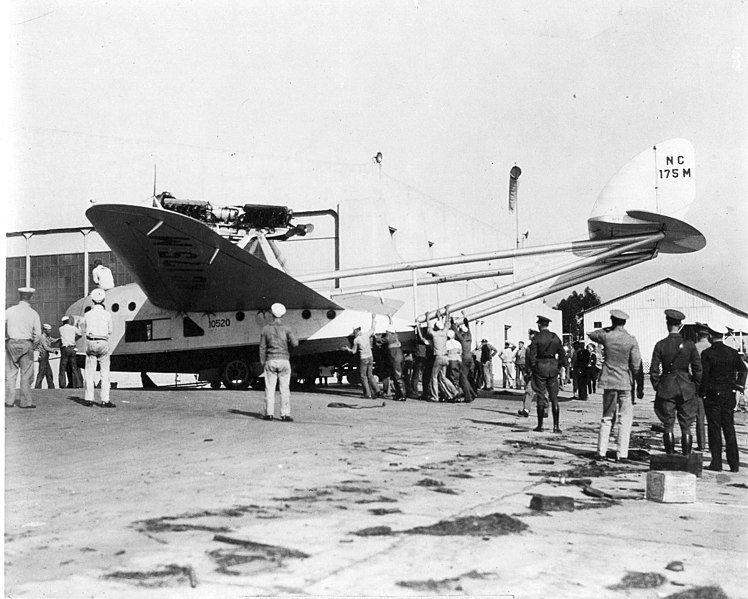
Savoia-Marchetti S.55 NC175M at NAS North Island, Califonria, 8 December 1929, the sole and only US-built S.55
The Soviet hybrid SM.55 P/X (1932)
The SS.55P was also exported (six) by the Soviet Union in 1932. The Red Army Air Force wanted at first models powered by the ASSO 500 engine, with production negotiations in Berdyansk, which went nowhere. In 1932, Soviet authorites interested by the S.55X wanted to purchase 30 from Italy as long-range naval tprpedo-bombers in two squadrons with A.24R engines, Marconi Marino radios. But this never went to conclusion due to issues with the torpedoes notably. Meanwhile, the Aeroflot acquired six boats from IAI in 1932 of the “X” type with ASSO 750 engines and three-bladed metal propellers, while the Air Force Directorate insisted to maintain easy conversion as torpedo-bomber.
The six models were brought to USSR by Soviet crews, making a Istanbul-Odessa trip, and then to Sevastopol, arriving on July 10, 1933. One later crashed during testings. The remaining ones flew notably on the Khabarovsk-Petropavlovsk line. The Aeroflot after the first year of activity declared “The materiel is quite reliable and corresponds to the purpose”. Soon the Khabarovsk-Okha line, opened on May 15, 1935. They unlikely survived until Invasion Barbarossa (summer 1941), their fate is unknown. Not doubt they also had an impact of Soviet flying boat construction, until then closer to German designs, such as those of Heinkel.
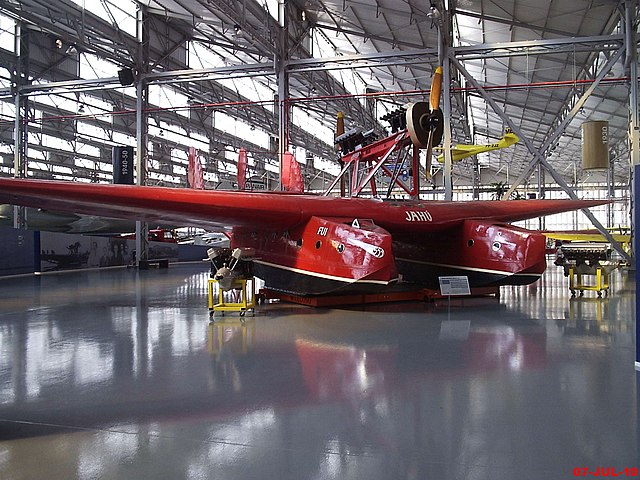
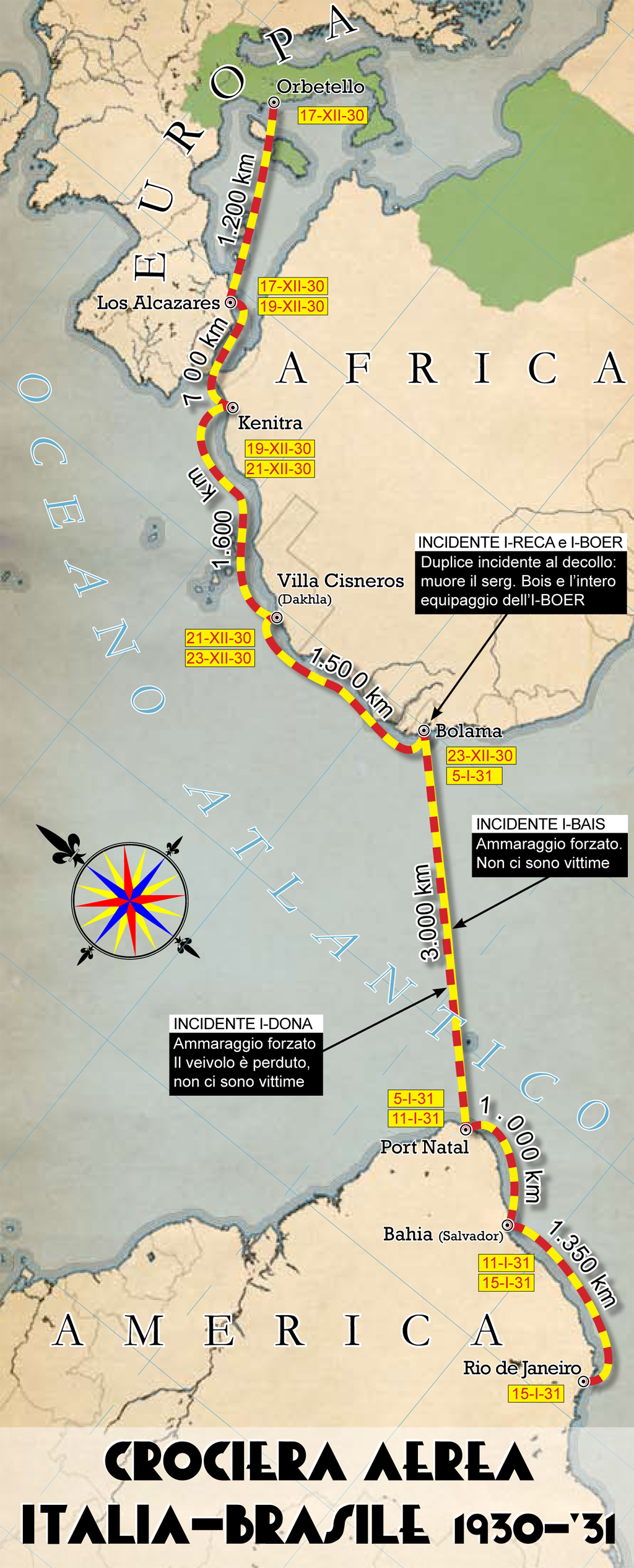
The Brazilian records. The Brazilian Navy also operated a number of these.
Interwar & ww2 Military Service
With the Regia Marina
When tested, the first prototype only reached 190 kph, quite good for a heavy flying boat of such design, with a lot of drag. It was accepted by the Regia Aeronautica and sent for military trials at the 143rd reconnaissance squadron, based in Venice. The second had Lorraine-Dietrich LD12Eb engines, and reached 210 kph, also performing very well on choppy water. Tests were done in large waves, both taking off and landing. The rate of climb and ceiling were not impressive however. The “customer” behind the Regia Aeronautica was of course the Navy, perfectly happy with the design.
In 1926, production had Isotta-Fraschini ASSO 500 engines fitted (rated for 500-545 hp). They had a raised nose section and narrowed, lowered tail section, and larger fuel capacity for a 1.5 greater range. however the increased weighted affected both speed and climb rate. The pilot Passaleva broke world speed and altitude records with a 1000 kg load and by September 1926, production started with this time twin machine guns mounts.
SIAI however had a limited capacity. CRDA and Piaggio soon joined forces to complete the 90-planes order. Piaggio woud however later improve on the design and built its own version, the S.55M, of mixed construction (metal hulls), created by designers J. Gabrielli and J. Peña. With 170 aircraft built, with a third civilian versions that coould be converted in case of war, the S.55s became the main striking force of the Italian naval aviation, until the mid-30s. They were mostly found in a single Experimental Marine Bomber Regiment. Until 1939, they also operated with the35th Regiment in Brindisi. On previous Balbo’s S.55X was modified and turned into a military transport, carrying Regia Marina’s staff and personal. Balbo retained it’s own model, which stood in a hangar on the shores of Orbetello Bay, until 1941.
The S.55 was still lacking combat experience. The few deployed in 1935 did not see any significant combat use duing the conquest of Abyssinia, mostly being used as personal/cargo transports to Eritrea to support the expeditionary force, but also sanitary transportation. During the Spanish Civil War, S.55s patrolled the Mediterranean, trying to report merchant ships trying to pass the blockade and reach Republican ports. Even before the Second World War started, in early 1939, the Regia Aeronautica only had 13 remaining SM.55X likely in non-operational state. They were written off by September-October and took no part in the action.
In Brazilian Navy service
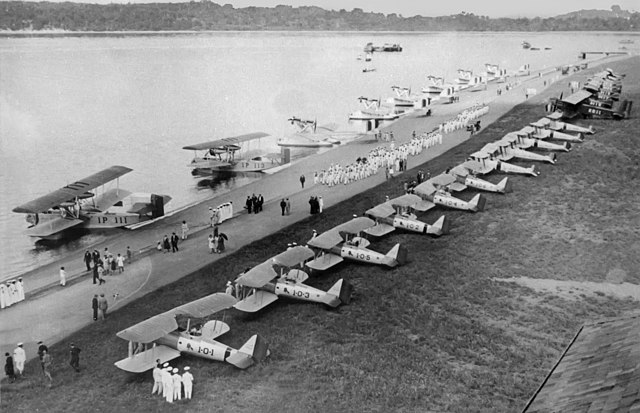
The 11 S-55A of the 1st Naval Sqn. Brazilian Navy
The only real combat use of the S.55 was ironically in the Brazilian Civil War. 11 S.55As were purchased and flew to Rio de Janeiro, based on a contract signed in January 1931. It also included training for the pilots and mechanics. This force was the bulk of the aerial antiship capacity of the Brazilian Navy in 1931-1932. These models often also paid visits to Argentina and Uruguay. In 1932, three were lost, by collision and capsizing on landing. In March 1932 they were part of a separate mixed flotilla, the remainder based on “Martin” RM. During the civil war “Paulists” were targeted by government forced, navy included. Three S.55A and two “Martin” transported troops, went on reconnaissance but also several bombardment missions, attacking positions of the rebels at the Cubatao, close to Sao Paulo. In all, three raids were performed, with mixed results.
They also supported the capture of Fort Itaipu in early September. Following the end of the war, the reorganization of Brazilian Naval Aviation saw the remaining S.55A redesignated “PIS”. Four remainded active in 1933, and three in 1934, grounded due to issues with their A.22R engines and replaced by Pratt-Whitney Hornet (575 hp). In 1937, the last were mothballed but still extant in 1941, then scrapped.
In Romanian Navy service

In 1934, six S.55s were acquired by Romania, used on the Black Sea as long-range scouts. These were provided the ASSO 500 engines and very similar to the “X” standard. They performed these largely uneventful missions until 1945. The planes were likely burnt to avoid capture. Their fate is uncertain.
Succession
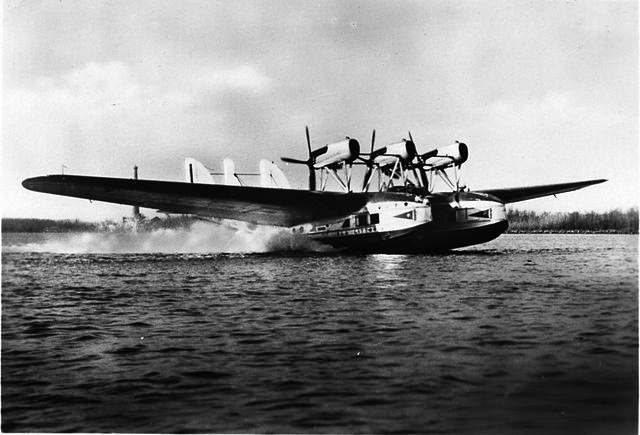
SM.66 taking off (1932). The 24 built acted as transport and patrol/SAR models in WW2 for the Regia Aeronautica and Marina.
Marchetti wanted to built on this successful design and commanded in 1932 IAI the prototype of a follow-up, called the S.66. Basically an enlarged S.55P, with three A.24R engines, all pushers on the wings, 14 and later 22 seats. 24 were assembled and put on international lines in the Mediterranean, converted as military transport and rescue planes in WW2. Three survived until September 1943. The S.66 itself was to be replaced by the S.77, aerodynamically improved, and fitted with three Alfa Romeo 126 RC.10 pulling engines. One (or two given soyrces) prototypes were manufactured and tested, accepted by the R.A. in February 1937 but never built due to restructurations and priorities. The S.60 bomber, also a never built, was a land-based bomber variant of the latter. The S.77 went nowhere and stayed at prototype stage.
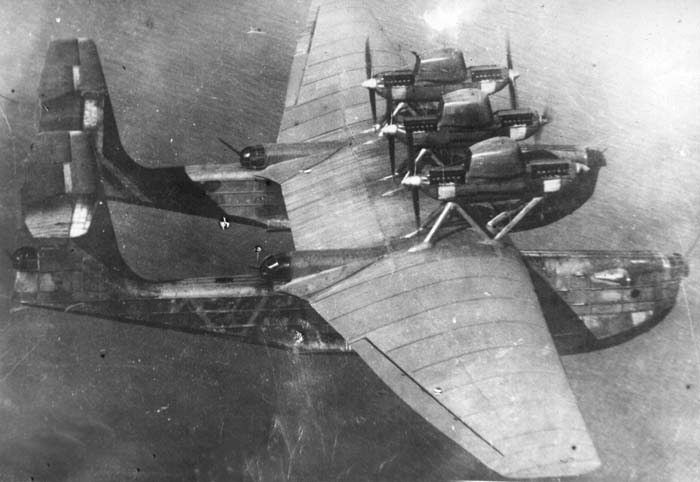
Tupolev ANT-22 (Mk.1). A single prototype was built. It was heavily inspired by the SM.55.
Marchetti’s design was moderately influential overall, opening the door for the heavy catamaran flying boat concept. In the Soviet Union, it spawned projects such as the ANT-11 and ANT-22 (MK-1). But it was not followed by any major production. All manufacturers noted the SM.55 but never pushed for a production model using the same recipe. The flying boat design scheme remained conservative before, during and after WW2 with single hull configurations.
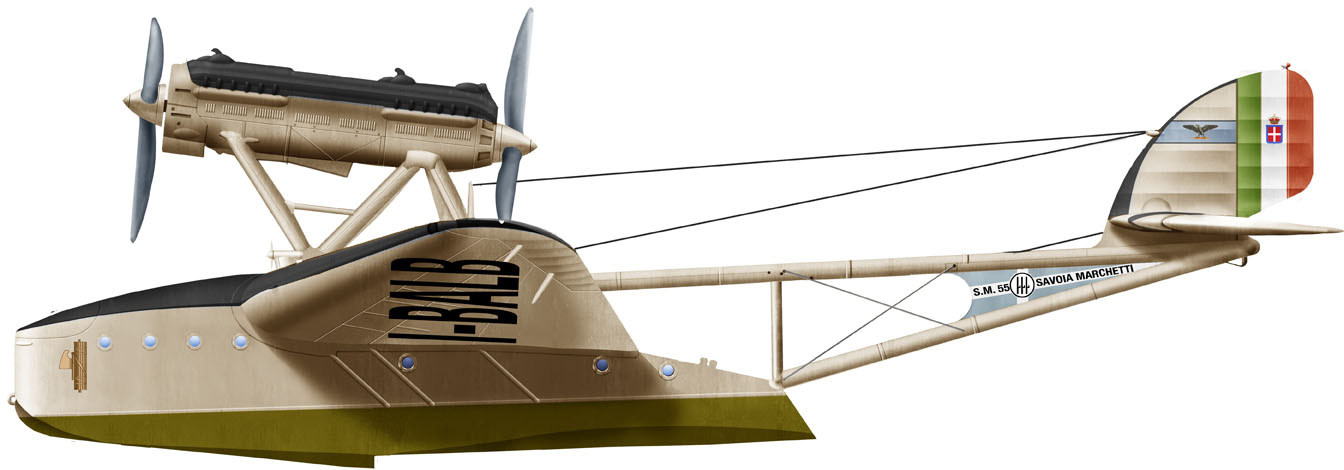
SM55 “I-Balb”, personal plane of Italo Balbo

SM.55X
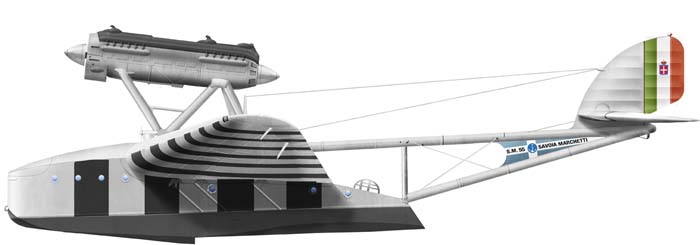
S.55A unidentified unit
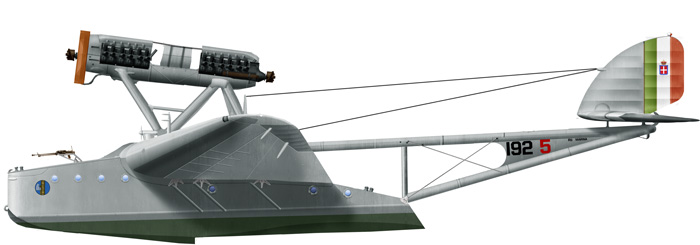
S.55 of the Regia Marina
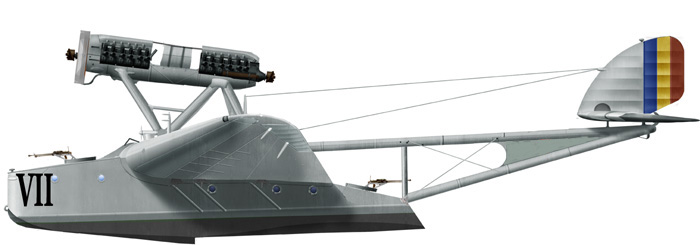
S.55X of the Romanian Navy
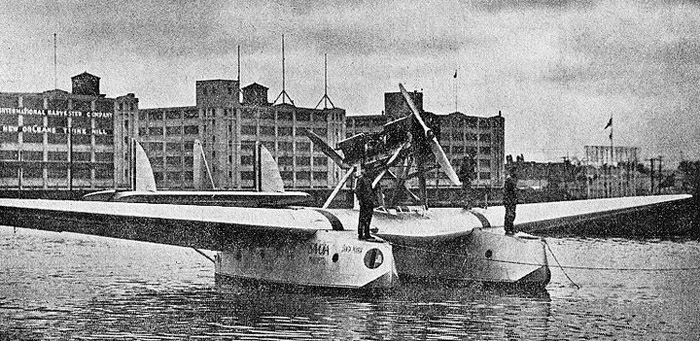
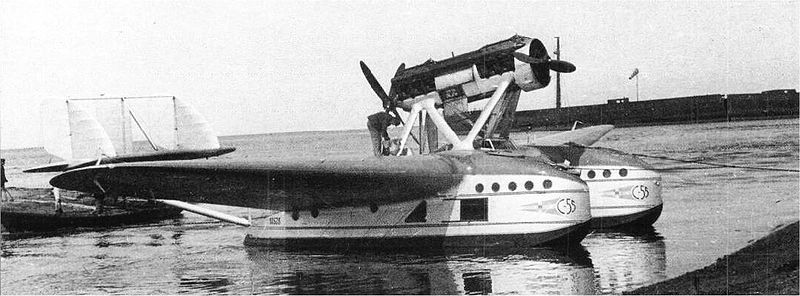
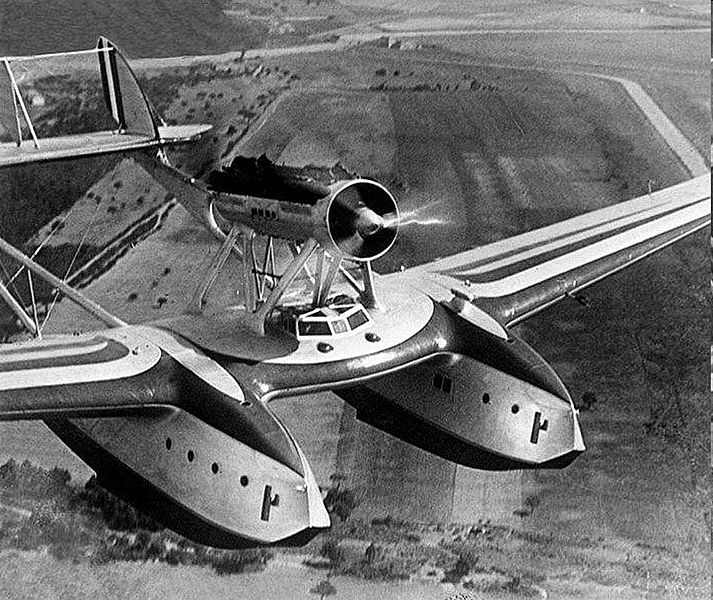


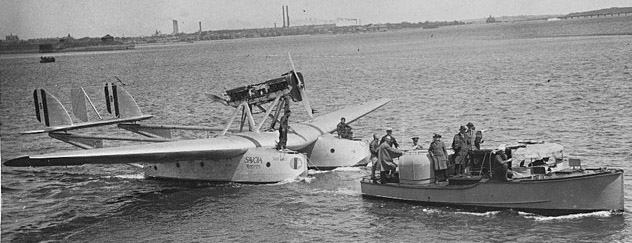

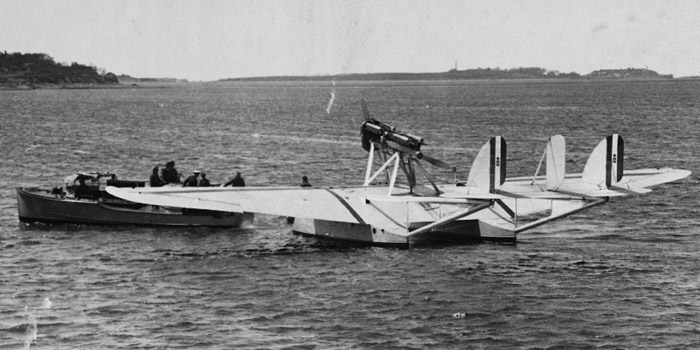
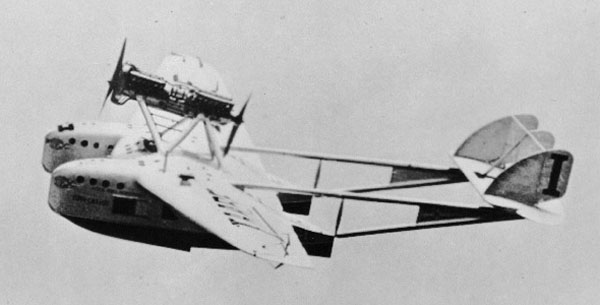
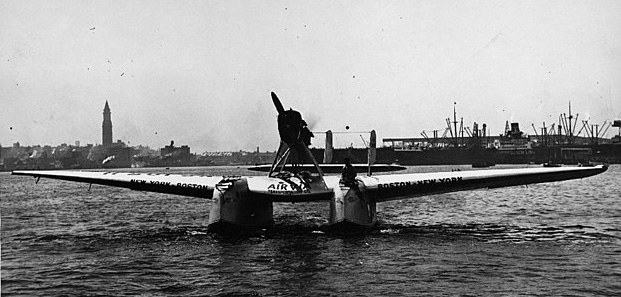
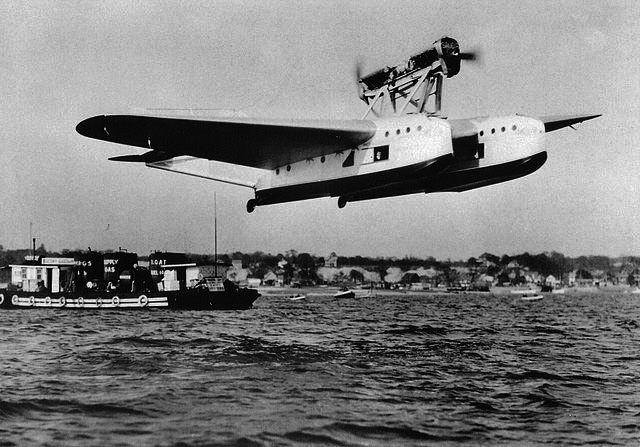
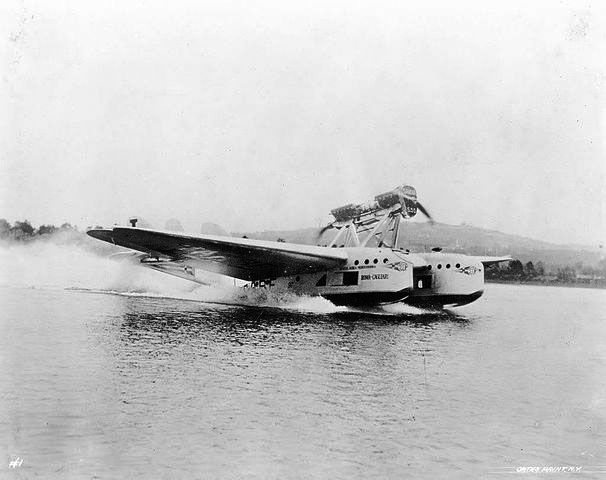
References
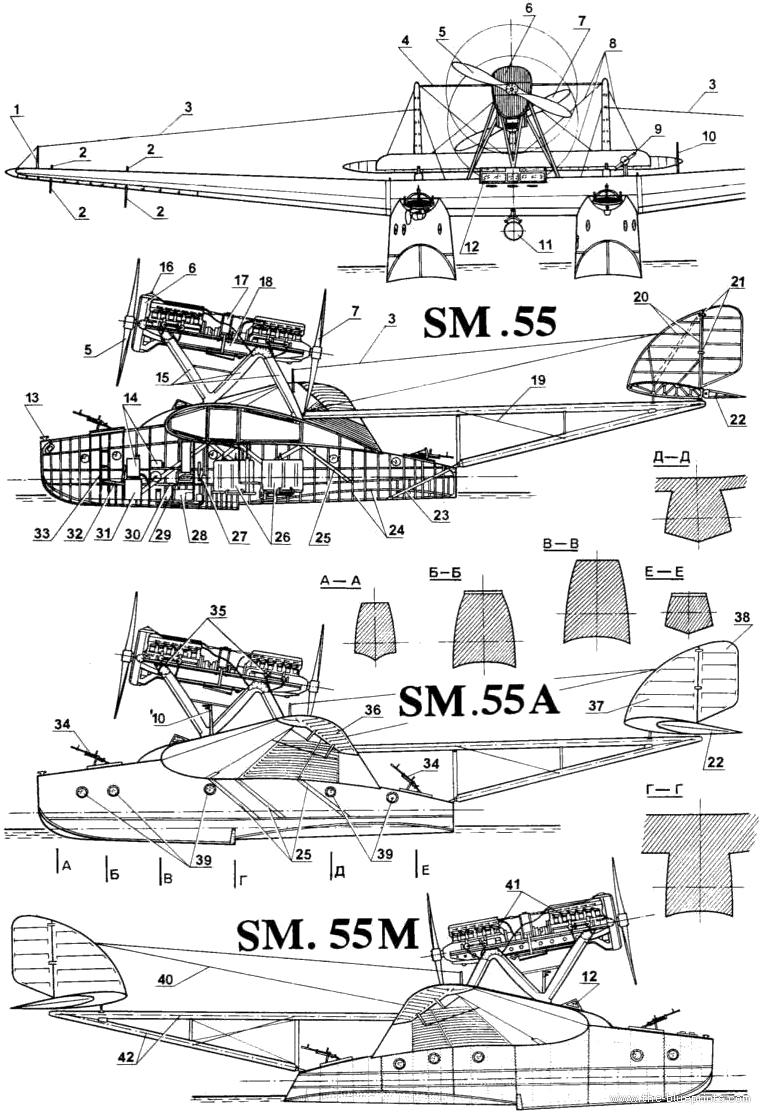

Links

https://it.wikipedia.org/wiki/Savoia-Marchetti_S.55
https://it.wikipedia.org/wiki/Crociera_aerea_transatlantica_Italia-Brasile
http://www.alatricolore.it/alatricolore/estero/nazioni/brasile/s55.htm
http://www.alatricolore.it/alatricolore/index.htm
https://aerostoria.blogspot.com/2009/10/il-magnifico-savoia-marchetti-s-55-e-le.html
https://web.archive.org/web/20200928160740/https://www.aerostoria.com/2009/10/il-magnifico-savoia-marchetti-s-55-e-le.html
https://it.wikipedia.org/wiki/Crociera_aerea_del_Decennale
http://www.aviastar.org/air/italy/savoia_s-55.php
http://www.airwar.ru/enc/other1/s55.html
http://www.navweaps.com/Weapons/WTIT_List.php
https://www.seawings.co.uk/s55mangal.htm
Il Savoia-Marchetti S.55 fu un idro-bombardiere/aerosilurante bimotore
Books

Brazilian “Jahu” record flying boat (pinterest)
Savoia-Marchetti S.55: Luciana Aitollo, Nico Sgarlato – I Grandi Aerei Storici Nr. 58
Videos
On upload.wikimedia.org
Prof. Piccard expedition, using a SM.55 – luce archives
SM 55 tests Luce
Model Kits
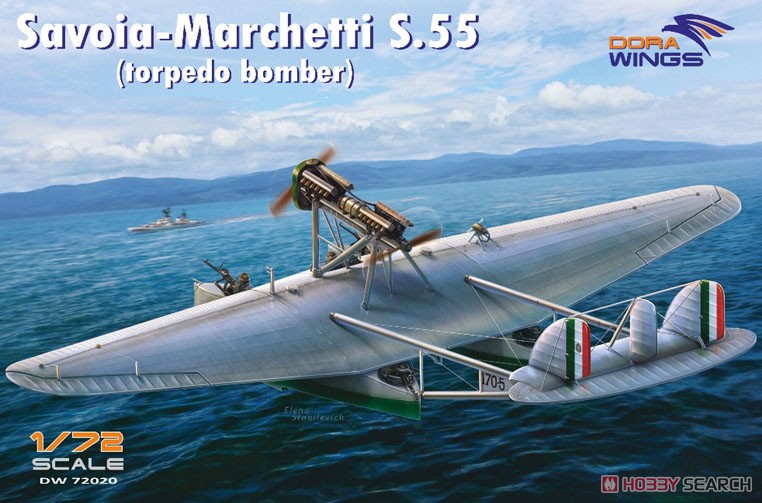
Dora Wings Savoia-Marchetti S.55 Review of the 1/72 scale aircraft kit with nice resin engines
Savoia Marchetti SM.55 X I-BALB Italian Kits | No. IKW7225 | 1:72
General query
Kit revew Dora Wings
1/96 Glencoe Savoia-Marchetti SM-55X Gallery Article by Mike Muth
Savoia_Marchetti_S55X_oz4313 Plan PDF


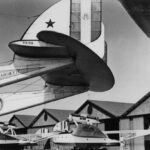
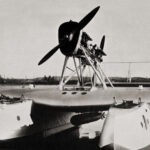
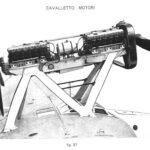
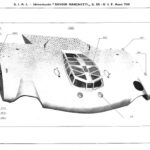

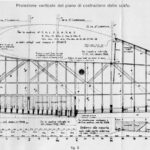
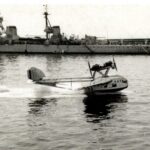
 Latest Facebook Entry -
Latest Facebook Entry -  X(Tweeter) Naval Encyclopedia's deck archive
X(Tweeter) Naval Encyclopedia's deck archive Instagram (@navalencyc)
Instagram (@navalencyc)





 French Navy
French Navy Royal Navy
Royal Navy Russian Navy
Russian Navy Armada Espanola
Armada Espanola Austrian Navy
Austrian Navy K.u.K. Kriegsmarine
K.u.K. Kriegsmarine Dansk Marine
Dansk Marine Nautiko Hellenon
Nautiko Hellenon Koninklije Marine 1870
Koninklije Marine 1870 Marinha do Brasil
Marinha do Brasil Osmanlı Donanması
Osmanlı Donanması Marina Do Peru
Marina Do Peru Marinha do Portugal
Marinha do Portugal Regia Marina 1870
Regia Marina 1870 Nihhon Kaigun 1870
Nihhon Kaigun 1870 Preußische Marine 1870
Preußische Marine 1870 Russkiy Flot 1870
Russkiy Flot 1870 Svenska marinen
Svenska marinen Søværnet
Søværnet Union Navy
Union Navy Confederate Navy
Confederate Navy Armada de Argentina
Armada de Argentina Imperial Chinese Navy
Imperial Chinese Navy Marinha do Portugal
Marinha do Portugal Mexico
Mexico Kaiserliche Marine
Kaiserliche Marine 1898 US Navy
1898 US Navy Sovietskiy Flot
Sovietskiy Flot Royal Canadian Navy
Royal Canadian Navy Royal Australian Navy
Royal Australian Navy RNZN Fleet
RNZN Fleet Chinese Navy 1937
Chinese Navy 1937 Kriegsmarine
Kriegsmarine Chilean Navy
Chilean Navy Danish Navy
Danish Navy Finnish Navy
Finnish Navy Hellenic Navy
Hellenic Navy Polish Navy
Polish Navy Romanian Navy
Romanian Navy Turkish Navy
Turkish Navy Royal Yugoslav Navy
Royal Yugoslav Navy Royal Thai Navy
Royal Thai Navy Minor Navies
Minor Navies Albania
Albania Austria
Austria Belgium
Belgium Columbia
Columbia Costa Rica
Costa Rica Cuba
Cuba Czechoslovakia
Czechoslovakia Dominican Republic
Dominican Republic Haiti
Haiti Hungary
Hungary Honduras
Honduras Estonia
Estonia Iceland
Iceland Eire
Eire Equador
Equador Iran
Iran Iraq
Iraq Latvia
Latvia Liberia
Liberia Lithuania
Lithuania Mandchukuo
Mandchukuo Morocco
Morocco Nicaragua
Nicaragua Persia
Persia San Salvador
San Salvador Sarawak
Sarawak Uruguay
Uruguay Venezuela
Venezuela Zanzibar
Zanzibar Warsaw Pact Navies
Warsaw Pact Navies Bulgaria
Bulgaria Hungary
Hungary

 Bundesmarine
Bundesmarine Dutch Navy
Dutch Navy Hellenic Navy
Hellenic Navy Marina Militare
Marina Militare Yugoslav Navy
Yugoslav Navy Chinese Navy
Chinese Navy Indian Navy
Indian Navy Indonesian Navy
Indonesian Navy JMSDF
JMSDF North Korean Navy
North Korean Navy Pakistani Navy
Pakistani Navy Philippines Navy
Philippines Navy ROKN
ROKN Rep. of Singapore Navy
Rep. of Singapore Navy Taiwanese Navy
Taiwanese Navy IDF Navy
IDF Navy Saudi Navy
Saudi Navy Royal New Zealand Navy
Royal New Zealand Navy Egyptian Navy
Egyptian Navy South African Navy
South African Navy






























 Ukrainian Navy
Ukrainian Navy dbodesign
dbodesign